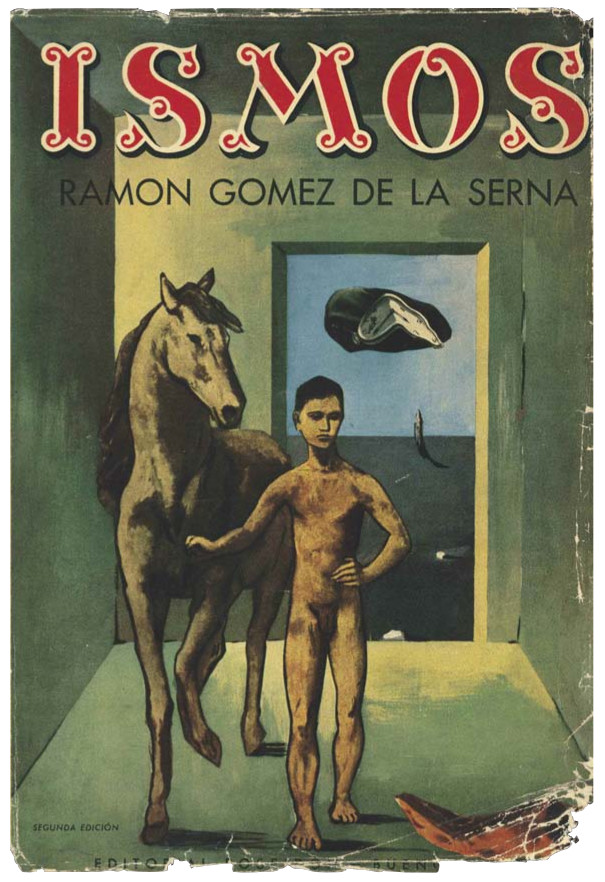Elena Filipovic: The Apparently Marginal Activities of Marcel Duchamp (2013)
Filed under thesis | Tags: · archive, art, art history, curating, museum, photography, reproduction
“This study focuses on a series of fugitive operations that Marcel Duchamp incited in order to test, theorize, position, and even make his work as such. Not conventionally “artistic” in nature, even if intimately connected to the collection, presentation, reception, and valuation of art, these activities include Duchamp’s role as administrator, archivist, art advisor, curator, publicist, reproduction-maker, and salesman of his own oeuvre. Rather than merely procedural, auxiliary, or incidental, they might be thought of as constitutive, resulting in a still understudied but profoundly influential output by an artist who redefined so much of what, hence forth, would be called art. Here, those most iconic of Duchamp’s inventions, the readymades, although not the central objects of this study, are understood as significant insofar as they were not simply “nominated” to become artworks, but more importantly, because they were curated. It is precisely through curatorial operations—relative to much of Duchamp’s production, and constituting one of the central activities that this dissertation explores—that the artist rendered the discourse, institutions, marketing, and presentational strategies of art into something like his cardinal “medium.”
Tracing Duchamp’s perennial relationship to photography, reproduction, the museum, and the archive, and spanning the period between 1913 and 1969, three chapters closely examine a number of undeniably material things: chapter one considers the artist’s boxes of photographically replicated notes, the Box of 1914 (1913-14) and Boîte verte (1934); chapter two examines documentation of ephemeral exhibitions, recording Duchamp’s curatorial interventions as well as suitcases filled with miniature reproductions, the Boîte-en-valise (1938-42); and chapter three is dedicated to a permanent installation, Etant donnés 1. la chute d’eau, 2. le gaz d’éclairage (1946-66). However, the premise of this dissertation is that all of these gain a new significance if studied in relation to the elusive activities that actually constituted them as artworks. Together, they formed a counter-conception of the role of the artist, articulating—and complicating—the conceptual stakes of much of what is known of his practice and thickening into what Walter Benjamin called the artist’s “theory of the work of art.”” (Abstract)
Ph.D. Dissertation
Advisor: Hal Foster
Publisher Art and Archaeology Department, Princeton University, 2013
507 pages
PDF (2 MB)
PDF (images section) (10 MB)
Near Futures Online, 1: Europe at a Crossroads (2016)
Filed under journal | Tags: · democracy, economics, eu, europe, governance, greece, immigration, left, migration, neoliberalism, politics, refugees

“Europe at a Crossroads, the pilot issue of Near Futures Online, examines the recent history and potential fate of the two faces of “crisis” in today’s Europe, namely: the resistance and eventual surrender of the Greek government to the dictates of its creditors, and the growing tensions regarding the reception of asylum seekers and the place of immigrants in the EU.”
“Near Futures Online, the online companion of Zone Books’ Near Futures series, is a forum dedicated to the analysis of the challenges borne out of national governments’ and international institutions’ responses to some critical events – the financial crisis of 2008, the “Arab Springs” of 2011 – as well as ongoing developments such as climate change and soaring inequalities. Organized around a specific question, each issue of NFO brings together scholars, journalists, political activists, and artists, and includes contributions belonging to different genres and using a variety of media – essays and reportages, interviews and dialogues, photo essays and videos. Contributors are invited to address questions raised by NFO through an engagement with particular debates, histories, policies, and actors as well as to examine their possible trajectories in the near future.”
Edited by Michel Feher, William Callison, Milad Odabaei, and Aurélie Windels
Publisher Zone Books, Mar 2016
Open access
Ramon Gómez de la Serna: Ismos (1921/1943) [Spanish]
Filed under book | Tags: · art, art criticism, avant-garde

A monograph by the Spanish writer, dramatist and avant-garde agitator (1888-1963) providing a survey of 27 art styles of the period.
Apollinerismo, Picassismo, Futurismo, Negrismo, Luminismo, Klaxismo, Estantifermismo, Toulouselautrecismo, Monstruosismo, Archipenkismo, Maquinismo, Lhoteísmo, Simultaneísmo, Jazzbandismo, Humorismo, Lipchitzmo, Tubularismo, Ninfismo, Dadaísmo, Charlotismo, Surrealismo, Botellismo, Riverismo, Novelismo, Serafismo, Ducassismo, Daliismo.
First edition as El cubismo y todos los ismos, Biblioteca nueva, Madrid, 1921; new ed. as Ismos, Biblioteca nueva, Madrid, 1931.
Publisher Poseidón, Buenos Aires, 1943
448 pages
Commentary: Andrés Soria Olmedo (in English, 1995).
PDF (38 MB, no OCR)
See also Reina Sofia catalogue on Ismos (Spanish, 20 MB, 2002), and Lissitzky and Arp’s Die Kunstismen / Les Ismes De L’Art / The Isms of Art (1925).
Comment (0)
